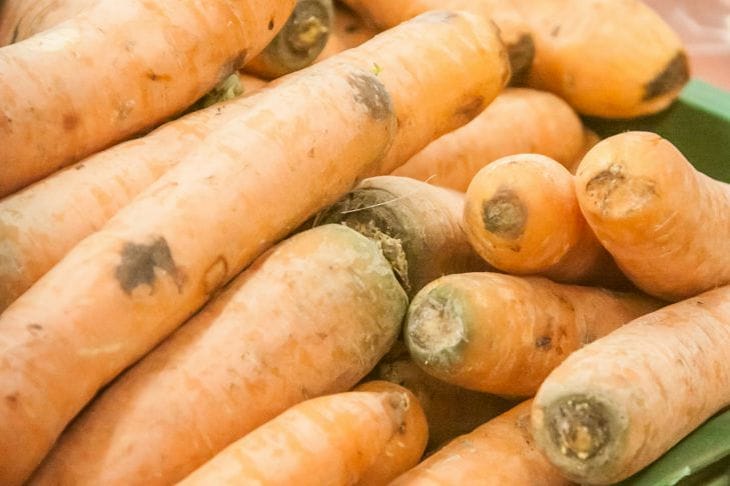Earlier we talked about what to do if the zipper on your jacket gets stuck.
Growing carrots in your own garden can be an amazing and rewarding experience.
But how to achieve high yield and quality of root crops?
Let's look at some secrets of successful carrot growing that will help you achieve excellent results in your garden.
Choosing a carrot variety
The first secret to successfully growing carrots is choosing the right variety. It is important to choose a carrot variety that is suitable for your climate and growing conditions.
Consider factors such as maturity date, disease and pest resistance, and taste preferences.

Preparing the soil
Carrots prefer loose and fertile soil. Before sowing, it is recommended to loosen the soil well, removing weeds and stones. It is also useful to add organic fertilizer.
Sowing at the right time
Carrot is a crop that prefers a cool climate. The optimum temperature for carrot seed germination is about 10-15 degrees Celsius.
Carrots should be sown in spring or early autumn to provide the plants with comfortable conditions for growth and development.
Correct sowing depth
Carrot seeds are relatively small, so it is important to plant them at the correct depth.
It is generally recommended to cover carrot seeds with a thin layer of soil, about 1-2 cm thick. Deep sowing can make it difficult for the seeds to germinate, and too shallow sowing can lead to drying out.
Regular watering
Carrots require uniform and regular watering to ensure proper development of root crops.
It is important to monitor the soil moisture and avoid drying out or overwatering. It is recommended to water the garden early in the morning or late in the evening to avoid water evaporation under direct sunlight.
Thinning and loosening
When young carrot plants reach a height of about 5-7 cm, thinning should be done.
Remove excess plants, leaving a gap of about 5-7 cm between them. This will allow the root crops to develop properly and increase their size.
Protection from pests and diseases
Carrots can be a target for a variety of pests, such as carrot flies or snails.
Regular inspection of plants will help to promptly identify the presence of pests and take measures to destroy them. Also, attention should be paid to disease prevention, using high-quality seeds and plants.
Harvesting
Carrots are ready to harvest when the roots reach the desired size and color. Carefully dig up the carrots without damaging the root system.
After harvesting, you can remove the tops and store the carrots in a cool, dry place to maintain freshness and flavor.
Previously we talked about the reasons for rotting and cracking of cabbage heads .
